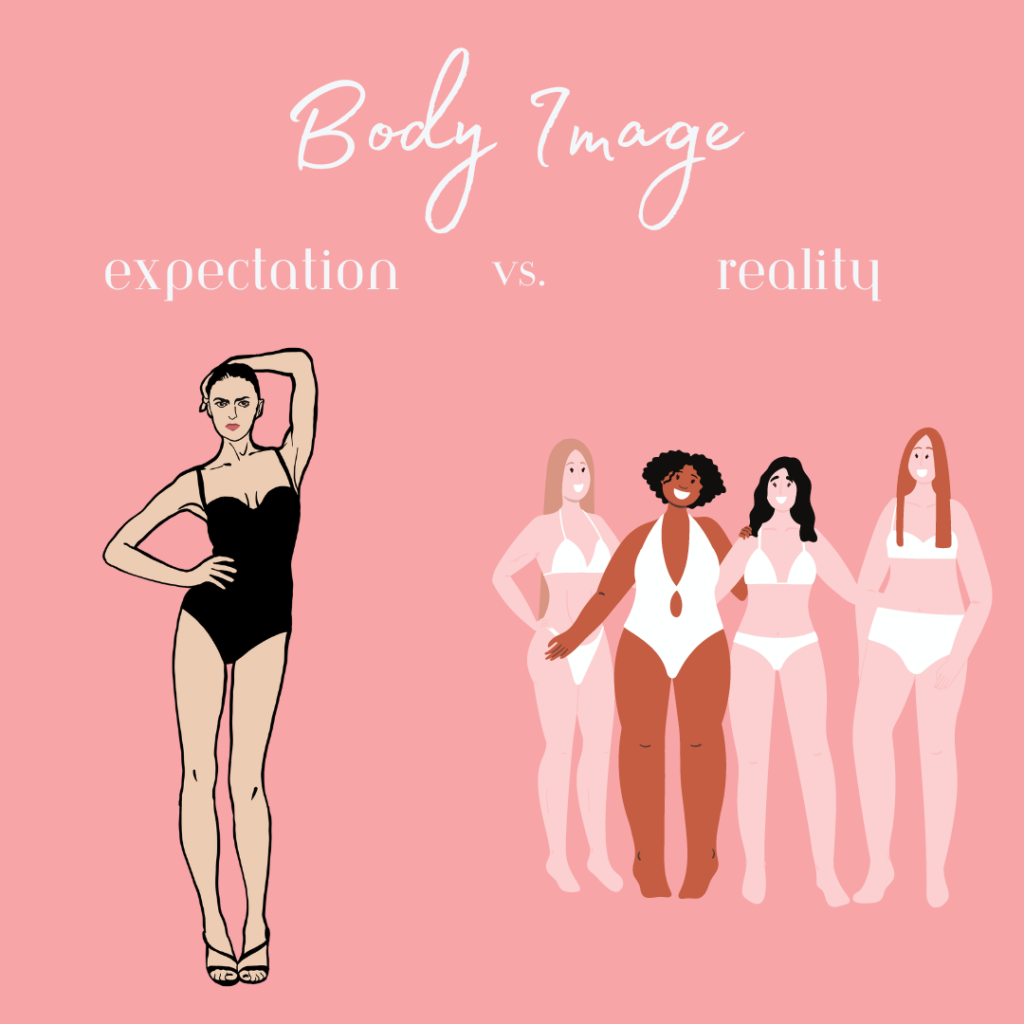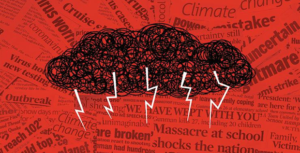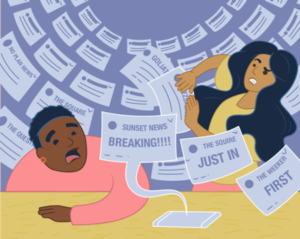Caitlin Golden, NAMI Mercer Intern
“There is no timestamp on trauma. There isn’t a formula you can insert yourself into to get from horror to healed. Be patient. Take up space. Let your journey be the balm.” Dawn Serra
Living with Complex PTSD is often a silent struggle. Being in a constant stage of fight or flight is exhausting and can lead to further stress and depression. Exposure to chronic trauma can result in the development of Complex Post-Traumatic Stress Disorder, also known as CPTSD or Complex PTSD. This form of PTSD is characterized by repeated trauma throughout one’s life, whether it be childhood abuse, intimate partner violence, or another chronic form of trauma.

Complex PTSD has yet to be recognized by the DSM, but has been recognized by the ICD. The condition was first coined by Judith Herman, a psychiatrist and researcher who focuses on trauma and incest. In her book Trauma and Recovery (1992), Herman sets apart the differences between single-event traumas (Type I traumas) versus complex traumas (Type II traumas).
The symptoms of Complex PTSD can vary in degree from person to person, but often disrupt one’s daily lifestyles. While not everyone will experience the same symptoms, there are many common ones, such as hypervigilance, emotional regulation struggles, and intrusive memories and flashbacks. Below is the C-PTSD Symptom Wheel, created by Lindsay Braman.

A common challenge of those living with Complex PTSD is talking about their emotions. Many people who live through traumatic events don’t want to remember them, so they try to suppress those upsetting memories or ignore them. As a result, many people living with CPTSD suffer emotionally. It is important to embrace your emotions and allow yourself to feel them, all while taking care of yourself. When confiding in someone about your emotions, it is vital that you stay in the present, acknowledge what you’re feeling, take it slow, self-soothe and pay attention to your body.




